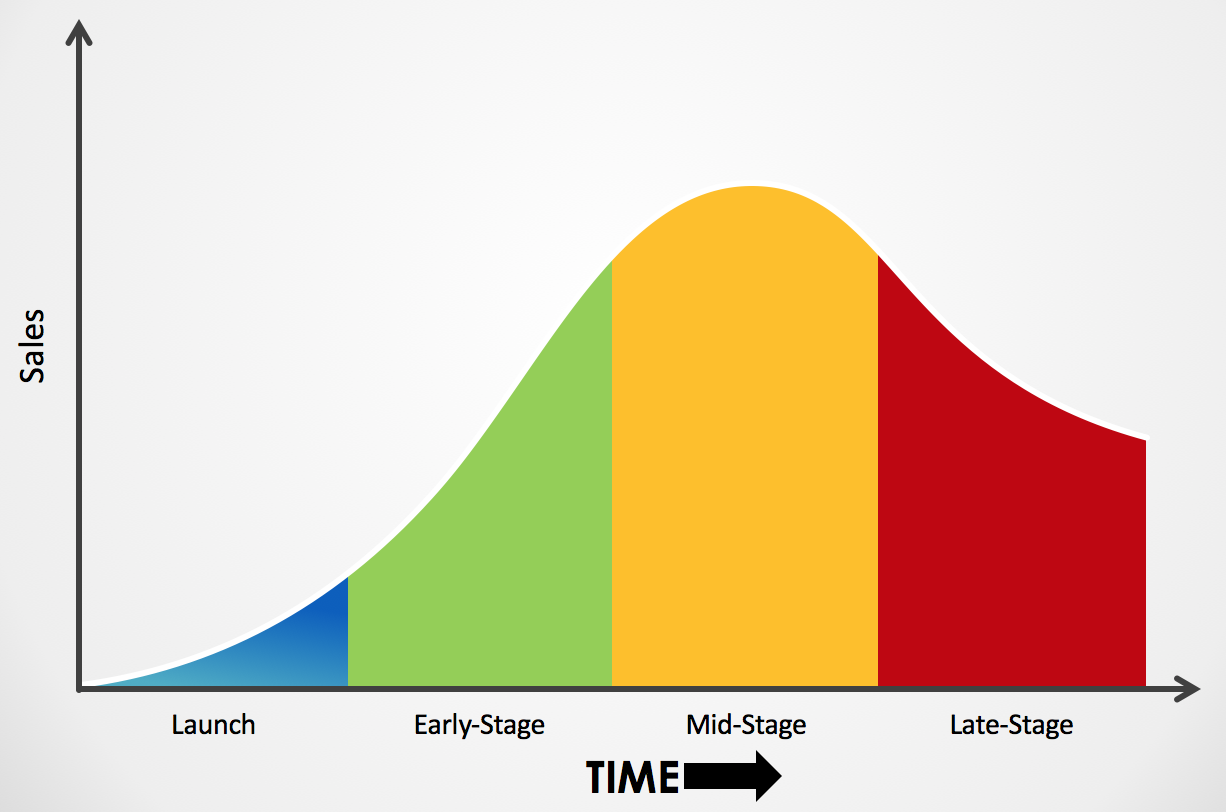iPhone 5S Pricing: Emerging Markets vs Developed Countries
 PriceBeam
·
2 minute read
PriceBeam
·
2 minute read

Despite the iPhone 7 making up the majority of Apple's smartphone sales, the iPhone 5S is still sold all over the world. However, the segments that purchase the iPhone 5S in developed countries are very different from those purchasing it in emerging markets, and so is the pricing.
In developed countries, the iPhone 5S is somewhat outdated, and yet, Apple keeps the price constant at around $280. On the contrary, in emerging markets, the price of the iPhone 5S has been decreased to around $230.
Developed Countries: Late Stage
In developed countries, Apple uses its pricing to incentivize consumers to buy the more premium iPhone 7. Thus, the goal with the iPhone 5S pricing is not to boost profits and sales for the iPhone 5S; it is to boost sales for the iPhone 7. The iPhone 5S price is an anchor or a benchmark if you will, which consumers use to compare the price of the iPhone 7. By keeping the price consistently high, not only does Apple "force" those who prefers the iPhone 5S (maybe because they are accustomed to this phone and don't want to upgrade) to take the risk of trying out a newer model, it also increases the perceived value of the iPhone 7. When consumers compare the $750 price tag of the iPhone 7 to the price tag of the iPhone 5S, they want to see that the additional features that come with the iPhone 7 are worth the higher price; and if the iPhone 5S price is decreased, the iPhone 7 will seem too expensive.
Emerging Markets: Mid-Stage
In emerging markets, many consumers can't afford the $750 price tag of the iPhone 7. In theory, Apple should then lower the iPhone 7 price to align it with the lower willingness to pay in these countries, however, this would not only damage Apple's premium brand, it would also lead to parallel imports from developed countries, who would buy the iPhone 7 in India, for instance, and sell it on the US market, where the price is still $750.
To meet the demands of the more price sensitive segment in emerging markets, Apple is, therefore, actively targeting the iPhone 5S at these markets. At $230, this phone is affordable to a big part of the smartphone segment in emerging markets, and since the demand for the iPhone 5S in developed countries is low, the risk of parallel import is significantly smaller. The above-mentioned risk of diminishing the value perception of the iPhone 7 does not exist to the same extent in these markets, either. The iPhone 5S segment in emerging markets largely consists of customers who simply can't afford the iPhone 7, and don't compare the iPhone 5S to the premium model. Instead, they compare the iPhone 5S price with rival smartphone brands, and if Apple can't offer a competitive price, they will choose the alternative.
This is a great example of how pricing strategies not only vary between countries because of differences in willingness to pay, but also due to differences in where the product is in the product life cycle. Read more about life cycle pricing here.
.png?width=400&height=100&name=PBLogoTransparent%20(1).png)



